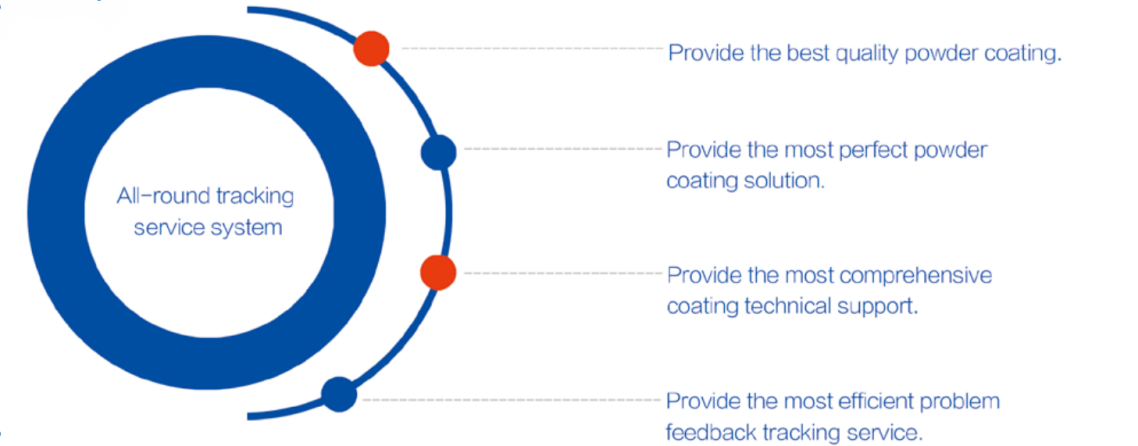With the standardization of numerical control equipment, this work has always been considered a responsibility for equipment manufacturers during product design and production. As a result, it often receives insufficient attention during maintenance and renovation processes. Even in the refurbishment of machine tools, the proper placement of safety features is sometimes overlooked. This oversight can lead to hidden dangers and long-term regrets in equipment that has undergone maintenance or modification. As China continues to deepen its reform and opening-up policy, domestic companies are increasingly adopting CNC equipment to adapt to market competition and enhance their responsiveness. In this context, the standardization of maintenance and renovation has become an urgent issue on our agenda.
This text is based on several key standards, including "GB/T 5226.1: General Technical Conditions for Industrial Machinery Electrical Equipment," "GB 9061: General Requirements for Metal Cutting Machine Tools," and "JB 4139: Technical Conditions for Safe Protection of Metal Cutting Machine Tools and Accessories." Through practical examples, we will highlight the importance of standardization in equipment maintenance.
**I. Personnel and Property Safety**
Safety is a fundamental concern in all industries. Both Chinese national standards and CE certification emphasize mandatory safety requirements. According to IEC 204.1 and GB 5226.1, “safety of personnel and assets, consistency of control response, and ease of maintenance†must not be compromised for performance. However, in actual maintenance and renovation work, several issues still persist.
**Phenomenon 1: Improper Connection of Neutral Line to PE**
In some cases, the neutral line is improperly connected to the protective earth (PE). For example, during retrofitting, a three-phase 380V system might be used to generate 220V by connecting one phase to the PE terminal. If the connection breaks due to mechanical failure, the device becomes live, posing a serious risk to personnel.
According to GB/T 5226.1, the neutral line should never be connected to the PE inside the machine cabinet. Any use of the neutral line must be clearly documented and properly insulated.
**Phenomenon 2: Non-Single Power Supply**
Some devices are powered from sources other than the main power switch, which can create hazards. If the main switch is turned off, the device may still be energized, putting maintenance personnel at risk.
**Phenomenon 3: Insufficient Protection of Electrical Cabinets**
Some electrical cabinets lack proper protection. For instance, a single door with no interlock mechanism allows untrained individuals to access internal components, violating GB/T 5226.1 requirements. These cabinets should only be opened by trained personnel using tools, and the internal live parts must be disconnected before access.
**Phenomenon 4: Under-Protection of Electrical Components**
Motors rated above 0.5kW require thermal protection. Failure to implement proper protection can lead to motor burnout. Some machines use mismatched protection devices, failing to provide adequate safety.
**Phenomenon 5: Hazards in Control Circuit Design**
Control circuits involving safety signals like emergency stop and overtravel switches must be designed to cut off power. Improper wiring, such as using normally open contacts, can lead to dangerous situations if the circuit is interrupted.
**Phenomenon 6: Lack of Safety Functions**
Equipment with splash risks should have protective doors and two-handed controls. The absence of these features increases the risk of accidents, especially when phase loss occurs without proper protection.
**Phenomenon 7: Inadequate Warning Signs**
Some modified equipment lacks proper warning signs, leading to confusion among operators. Clear documentation and signage are essential for safe operation.
**II. Maintenance Convenience**
Standardized technical documentation is crucial for effective maintenance. However, many renovated machines lack updated manuals, making repairs difficult. Proper labeling and documentation ensure that maintenance personnel can quickly identify and resolve issues.
**III. Key Issues to Address**
To effectively maintain and modify CNC equipment, personnel must be familiar with relevant safety standards. Proper training and adherence to guidelines like JB4139 and GB/T 5226.1 are essential. Standardization ensures reliability, reduces downtime, and lowers maintenance costs. Without it, even minor errors can lead to costly failures.
In conclusion, standardization is not just a requirement—it's a necessity. It ensures safety, efficiency, and long-term reliability. Let’s work together to improve the standardization of CNC equipment maintenance and build a skilled, professional team.
Silicon Powder Coating
SILICONE HIGH TEMPERATURE POWDER COATING
Our company has been successfully developed silicone high temperature powder coating first in domestic in2008, which isthe leader in the domestic high temperature powder coating industry.
HLM high temperature powder coatings are new type environmental friendly powder coatings.It possesses ultra-high temperature and fire resistance (600-1200°C) as well as thermal stability, and is widely applied in high-temperature industries,such as fireplace, heater, barbecue grills, oven,charcoal oven,pellet stove, gas stove, griddle, pizza stove, chimney,exhaustpipe,household appliances, outdoor leisure products,aerospace,etc.
PROPERTIES


Environmental protection,no VOC emissions, UItra-high temperature resistance and excellent
and respond to the national advocacy of the thermal excellent thermal stability,temperature
"Paint to powder"policy. resistance of more than 600℃ .


Non-toxic and safe:food grade. Good in mechanical and physical properties.
OPERATING PARAMETERS
l Pre-treatment
|
Pre-treatment
|
|
Pre-treatment
|
Degreasing, rust removal, sandblasting,phosphating, silane treatment, or ceramic coating, etc.
|
|
Attention
|
Before spraying, please ensure that the substrate is thoroughly degreased and rust-free, with no impurities, water stains, or residual liquid.
|
|
Note
|
Acid washing and sandblasting the substrate can enhance the adhesion between the coating and the substrate.
|
Spraying requirements
Cured condtions:20 mins. at 230℃ metal temperature Cured Film Thickness:30-70um.
Attention: Ensure that the coating thickness of the product is within a reasonable range. Excessive thickness may affect the temperature resistance of the product.
Storage Stability
Keep storage environment well-ventilated and dry, with temperatures not exceeding 27°C.
Properties parameter
|
Items
|
Standard
|
Result
|
|
Impact
|
ASTM D-2794
|
80in.ibf(Direct)/20in.ibf(indirect)
|
|
Pencil Hardness
|
ASTM D3363
|
≧2H
|
|
Adhesion(100cells)
|
ASTM D-3359
|
Full pass (5B)
|
|
Flexibility
|
ASTM D522
|
3/16'inch
|
|
Salt spray resistance(5%Nacl)
|
ASTM B-117
|
500H,Corrsion,≤3mm,
|
Why choose Holyme?
Silicon Powder Coating,Powder Coating Silicone,Silicone Powder Coating,Powder Coating
HLM Powder Coating CO,.Ltd , https://www.holymepowder.com
